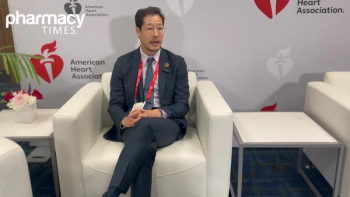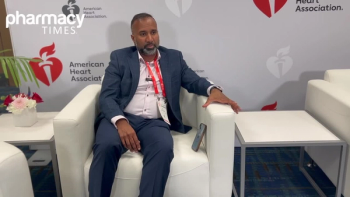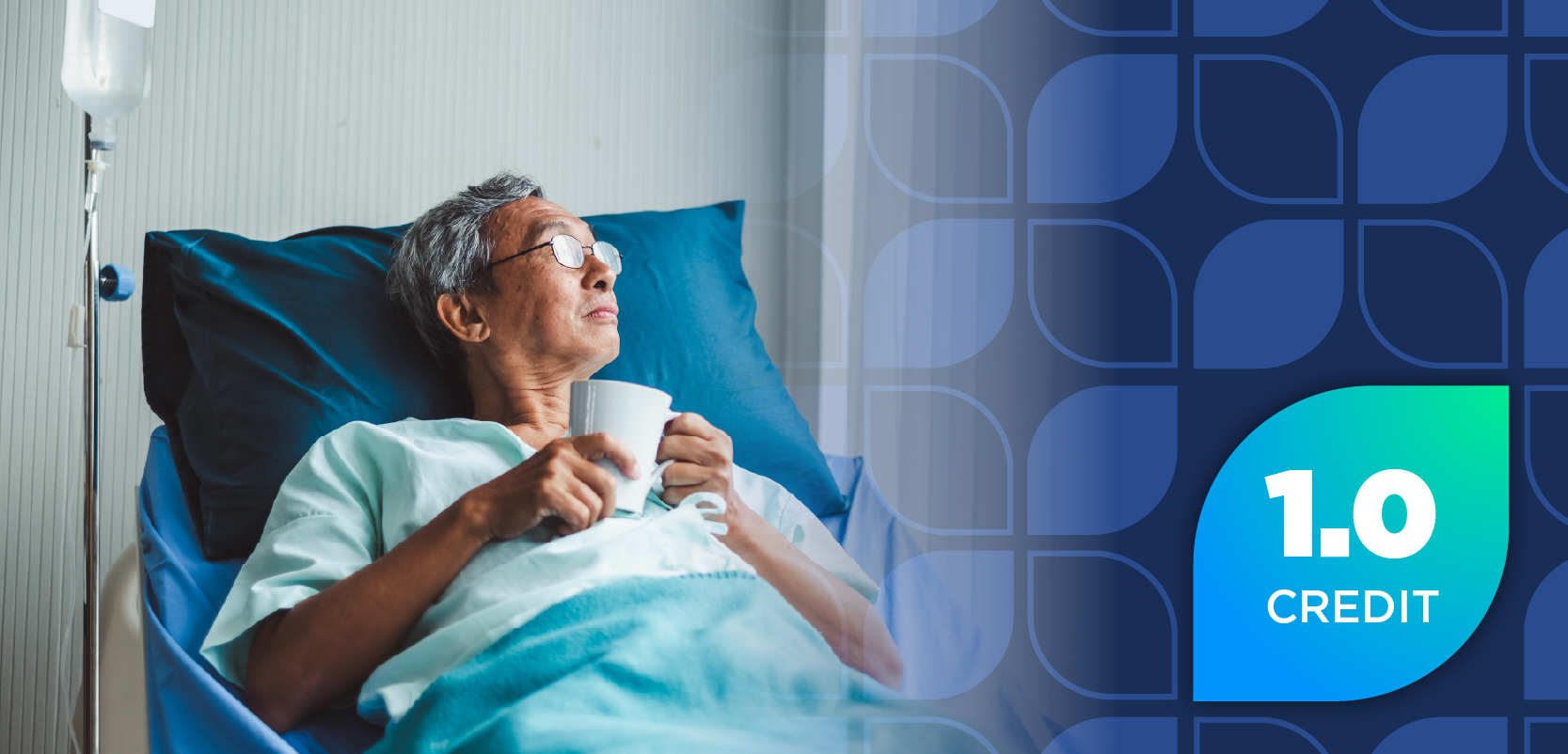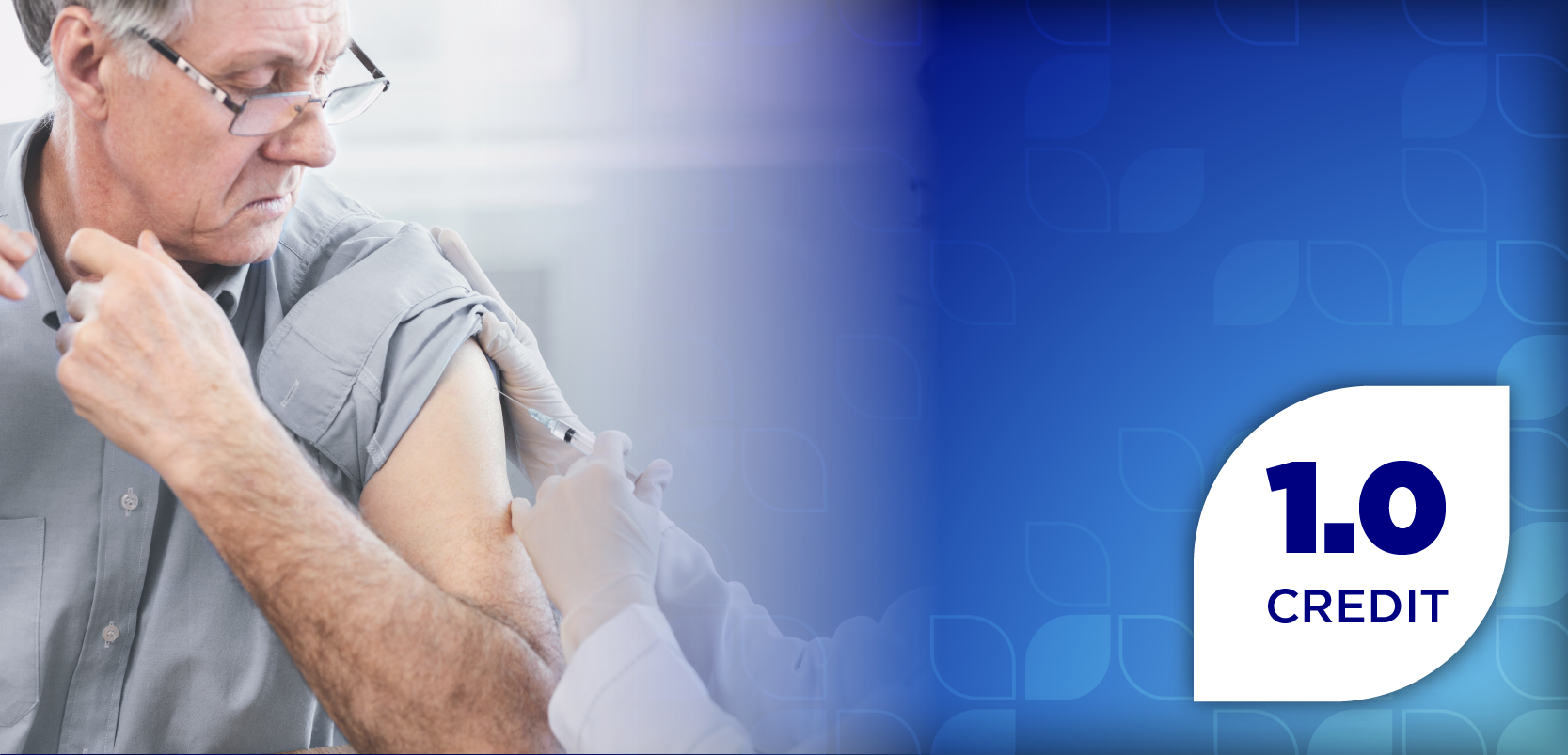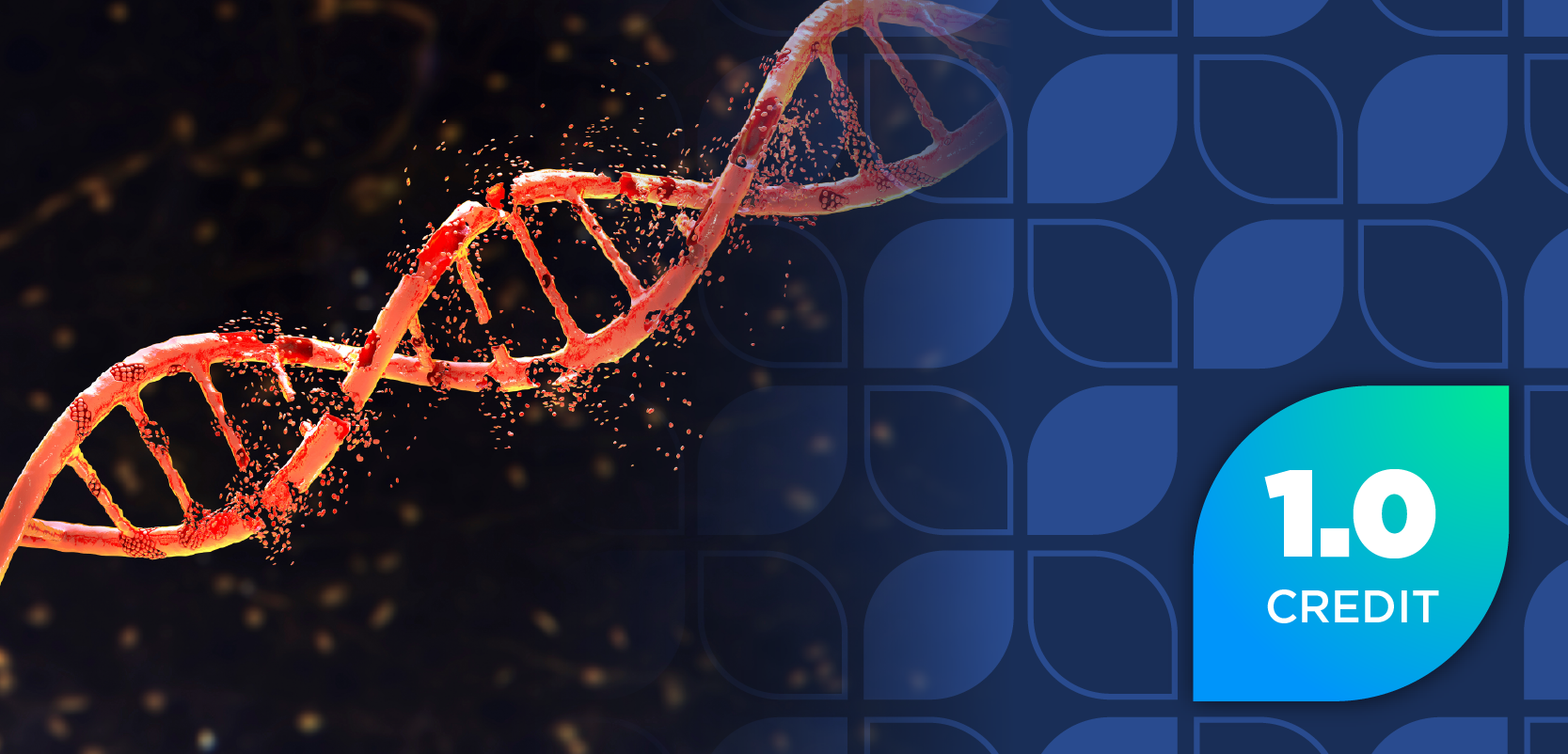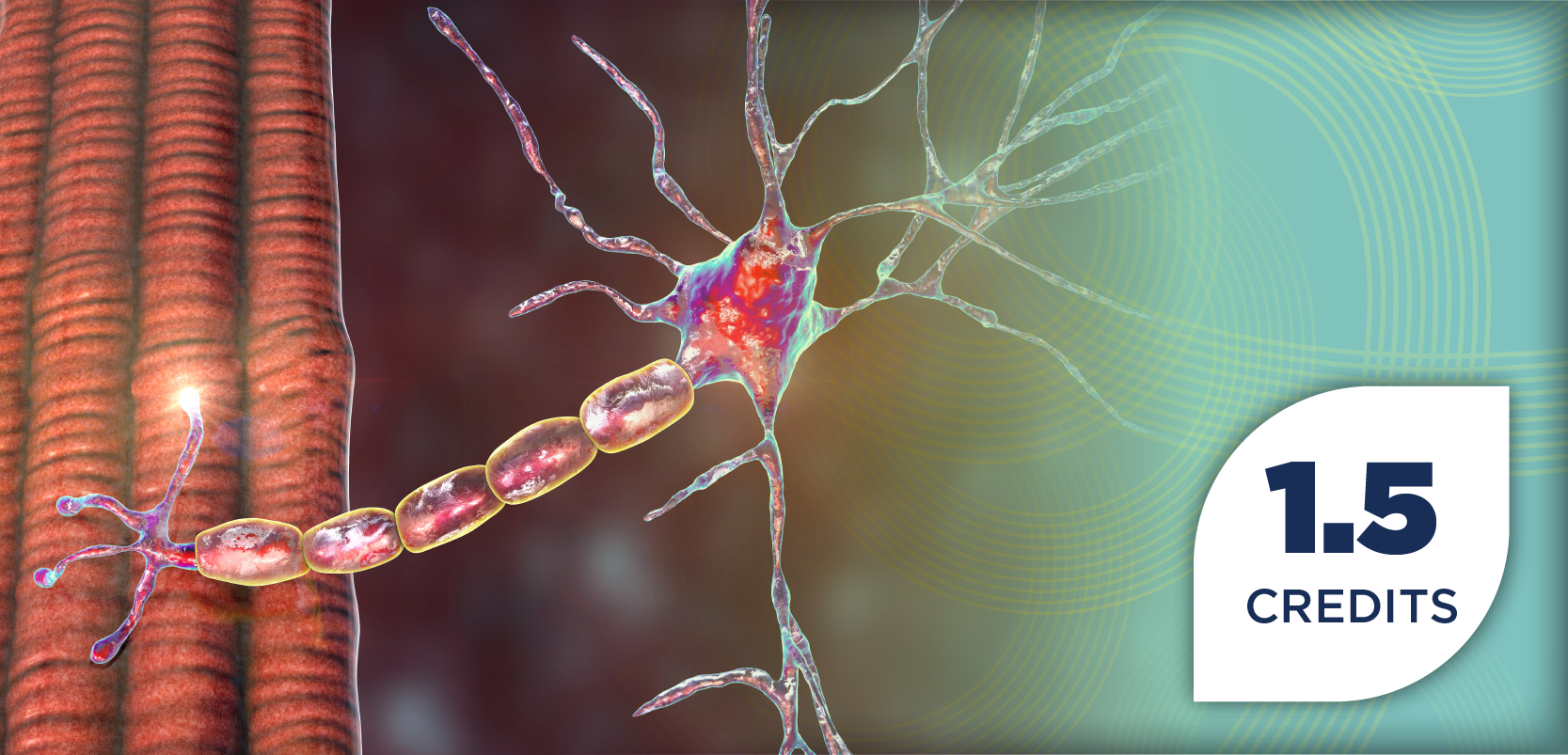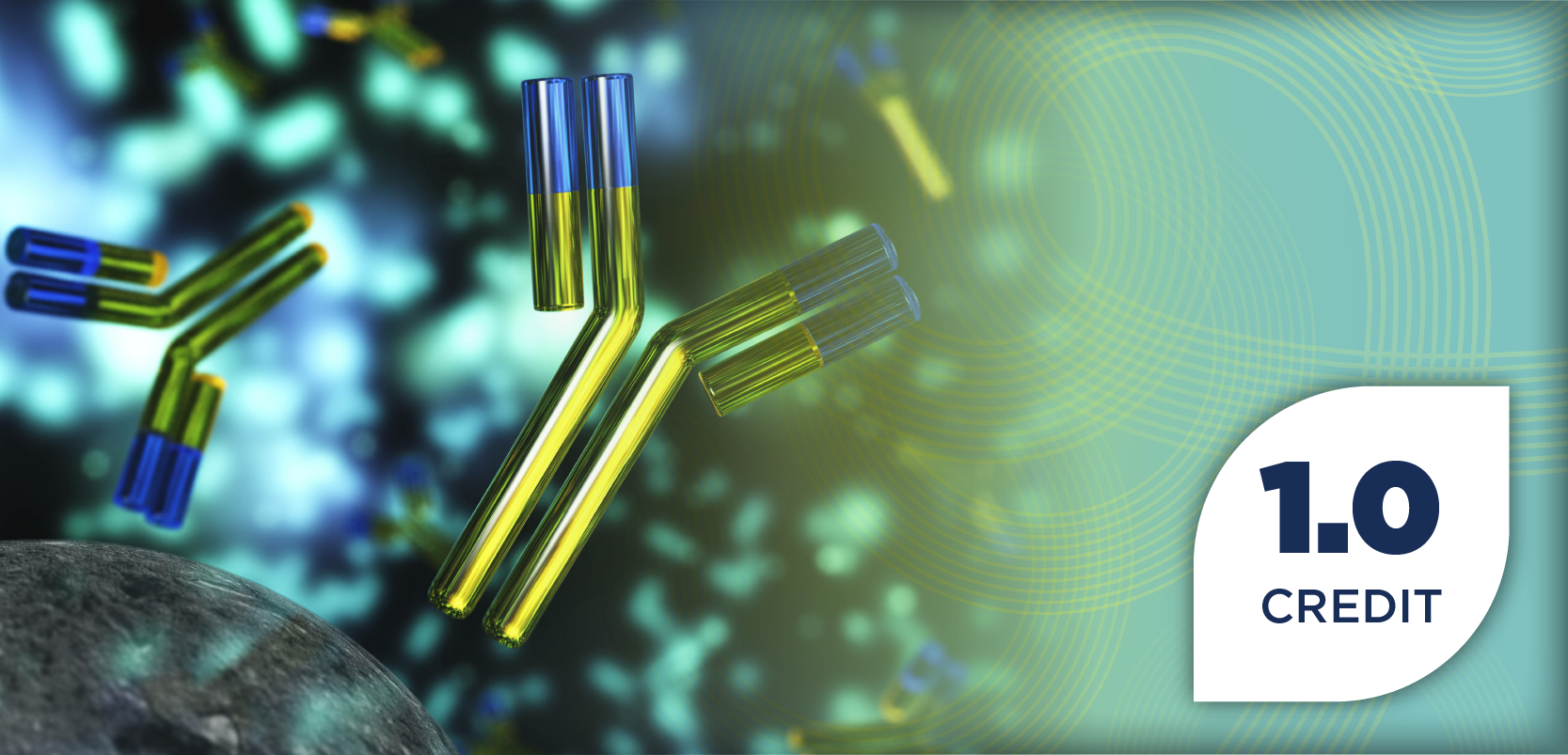
New Drug Demonstrates Major Triglyceride Reductions and Liver Fat Improvements in Phase 2 Trial
Key Takeaways
- DR10624 reduced triglyceride levels by over 60% and liver fat by 63% in a 12-week study, showing potential for severe hypertriglyceridemia and MASLD treatment.
- The drug targets FGF21, glucagon, and GLP-1 receptors, offering a novel approach to lipid and glucose metabolism management.
A new drug, DR10624, shows promise in reducing triglycerides and liver fat, offering hope for patients with severe hypertriglyceridemia and fatty liver disease.
Preliminary data from a phase 2 clinical trial presented at the American Heart Association Scientific Sessions 2025 in New Orleans showed that DR10624, a first-in-class medication targeting multiple metabolic pathways, may offer a promising new therapeutic option for patients with severe hypertriglyceridemia.1
DR10624 was the most effective in reducing triglyceride levels by over 60% in a majority of the participants in a 12-week, double-blind study consisting of 79 adults with triglyceride levels between 500 and 2000 mg/dL. The drug also reduced liver fat by 63%, showing its potential to be helpful in metabolic dysfunction-associated steatotic liver disease (MASLD), previously known as nonalcoholic fatty liver disease (NAFLD).
DR10624 is a molecule that impacts 3 main receptors—FGF21, glucagon, and GLP-1—which together control lipid and glucose metabolism. It is the only experimental drug that aims to interact with all 3 receptors simultaneously.
According to lead study author Jianping Li, MD, PhD, professor and chief in the Institute of Cardiology Disease at Peking University First Hospital, this triple-agonist mechanism could redefine management for patients who struggle to control triglyceride levels despite lifestyle interventions and existing pharmacologic options. “DR10624 could become a game-changer for patients with severe hypertriglyceridemia by reducing long-term risks of pancreatitis, as well as conditions like MASLD and cardiovascular disease,” Li said.
Promising Efficacy Results
Participants were randomized to receive one of three weekly subcutaneous doses of DR10624—12.5 mg, 25 mg, or 50 mg titration—or placebo. After 12 weeks, the results were striking:
- The 12.5 mg dose group showed a 74.5% reduction in triglycerides.
- The 25 mg dose group saw a 66.2% reduction, and the 50 mg titration group had a 68.9% reduction.
- The placebo group experienced only an 8% reduction.
About 90% of patients that were given DR10624 managed to get their triglyceride levels down to less than 500 mg/dL, while only 25% of those who received a placebo showed such levels. 78.5% of the patients who were on the treatment therapy lowered their triglyceride levels by 50% or more, whereas only 5% of those given a placebo accomplished this.
DR10624 kept on delivering, as it not only reduced triglycerides but also total cholesterol, high-density lipoprotein cholesterol (HDL-C), non-HDL cholesterol, and triglyceride-rich lipoprotein cholesterol were improved. Importantly, the DR10624 patients experienced a 63.5% decrease in liver fat compared to an 8.4% decrease in the placebo group.
The most common adverse effects were mild gastrointestinal symptoms, such as nausea and stomach discomfort—consistent with known GLP-1 receptor activity. Li noted that titrating the dose more gradually in future trials could help minimize these side effects.
Clinical Implications for Pharmacists
Patients with severe hypertriglyceridemia face limited therapeutic options beyond fibrates, high-dose omega-3 fatty acids, or statins, each with variable efficacy and tolerability. For pharmacists, DR10624 could represent a new frontier in lipid management, particularly for patients who also struggle with metabolic comorbidities such as type 2 diabetes or MASLD. By activating multiple receptors involved in energy metabolism, DR10624 may complement existing therapies targeting glucose control and cardiovascular risk reduction.
“Given that DR10624 targets multiple metabolic pathways simultaneously, it could be a strong candidate for combination therapies with other medications,” Li said. “For example, pairing it with glucose-lowering medications, such as SGLT2 or DPP-4 inhibitors, might improve overall metabolic control in patients with type 2 diabetes, obesity, and cardiovascular disease.”
Limitations and Next Steps
The trial was only a few weeks long and included a small number of people, so the results cannot be generalized to a broader population. In addition, the study population was made up of participants from Mainland China only, and DR10624 was not directly compared with current triglyceride-lowering drugs. Therefore, it will be essential to conduct more extensive studies worldwide to establish its clinical relevance in the long term.
Still, these initial results highlight the potential of a novel class of drugs that resample dysfunction in the lipids and liver simultaneously, which is a major unmet need in cardiometabolic care.
REFERENCE
New medication reduced high triglyceride levels, improved cholesterol and liver health. American Heart Association. Published November 8, 2025. Accessed November 9, 2025. https://newsroom.heart.org/news/new-medication-reduced-high-triglyceride-levels-improved-cholesterol-and-liver-health
Newsletter
Stay informed on drug updates, treatment guidelines, and pharmacy practice trends—subscribe to Pharmacy Times for weekly clinical insights.


